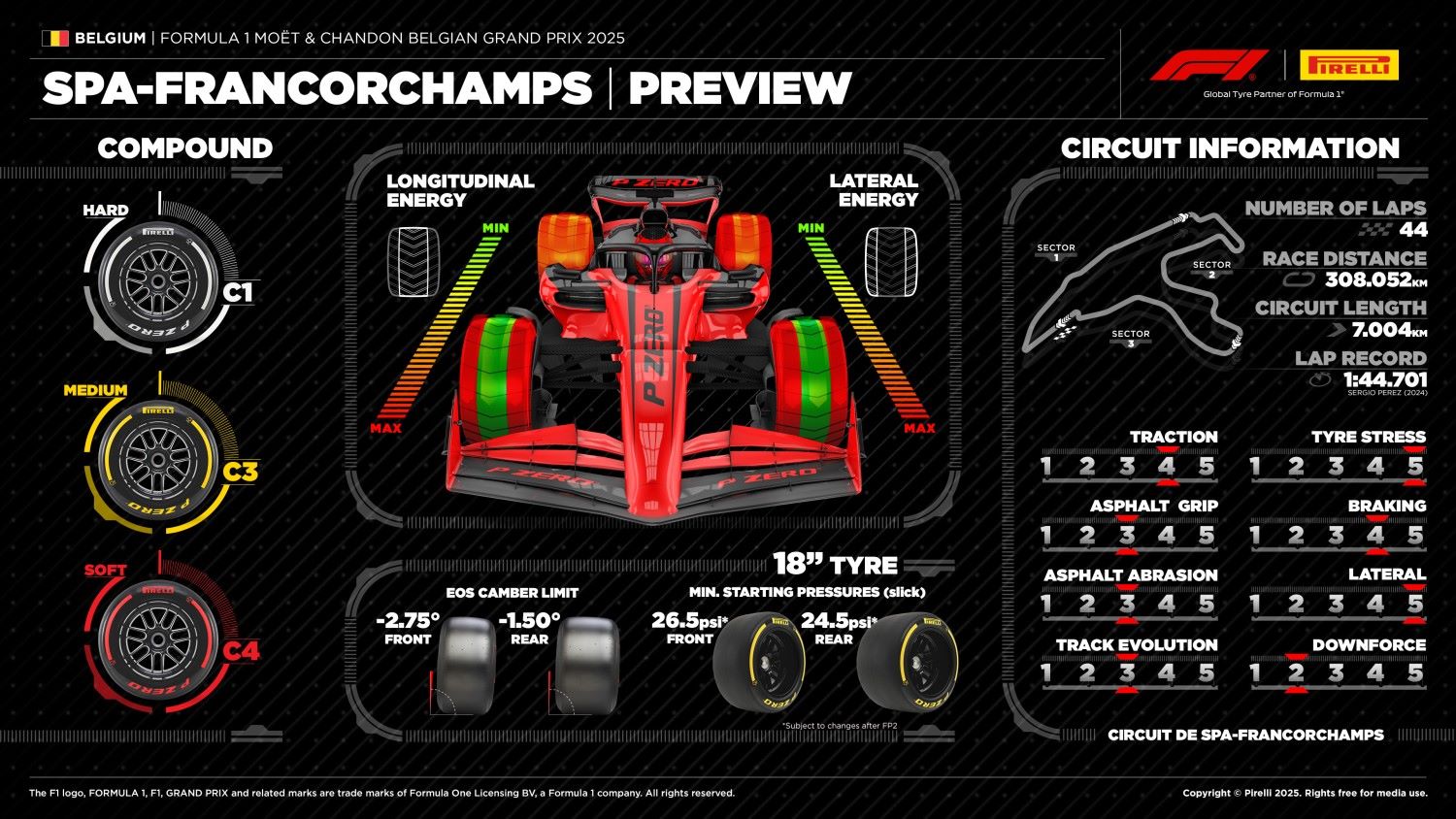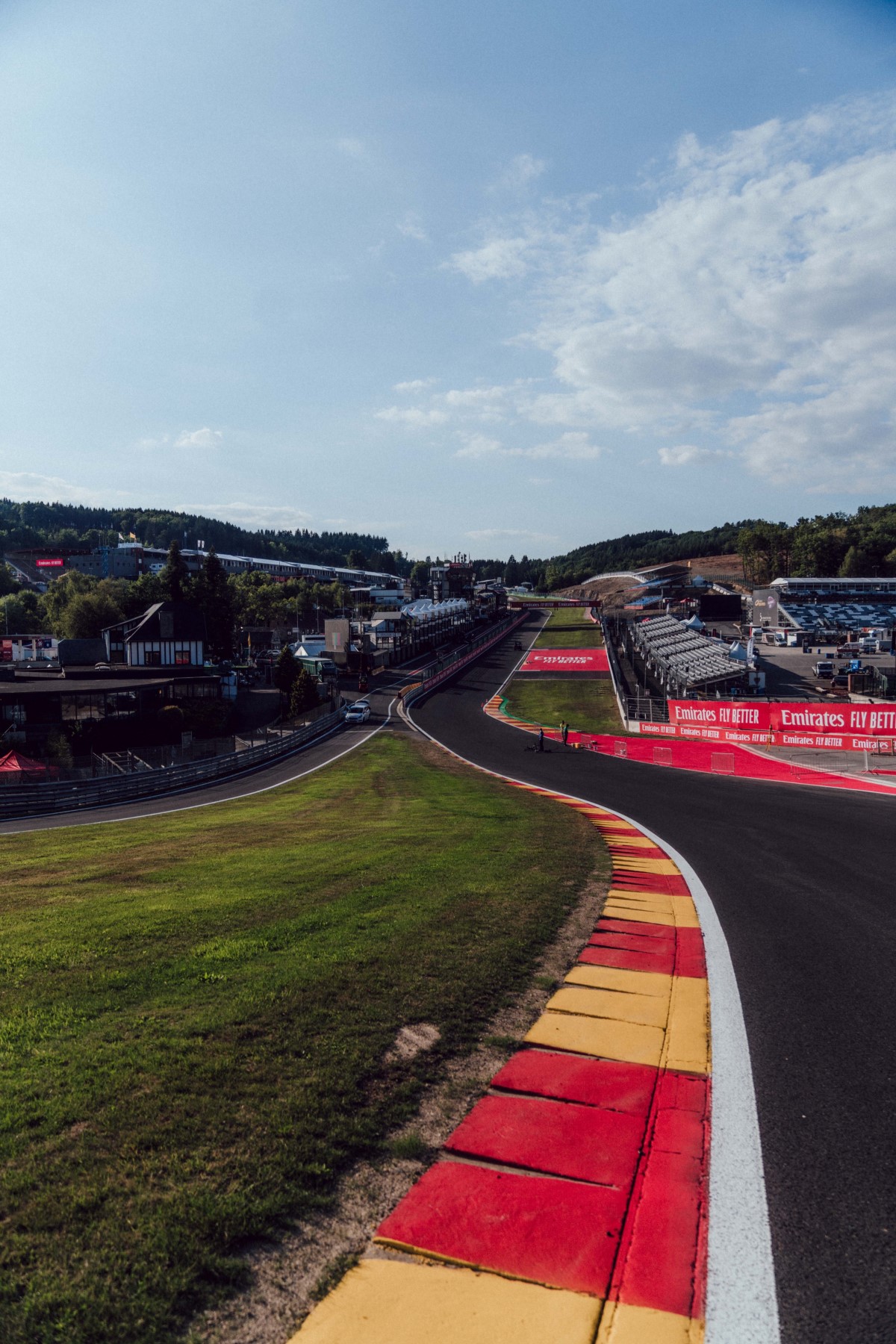Formula 1 News: 2025 Belgian GP at Spa Preview
The final two races before the F1 summer recess will first take the F1 Teams to Circuit de Spa-Francorchamps, for the Belgian Grand Prix, round 13 of 24.
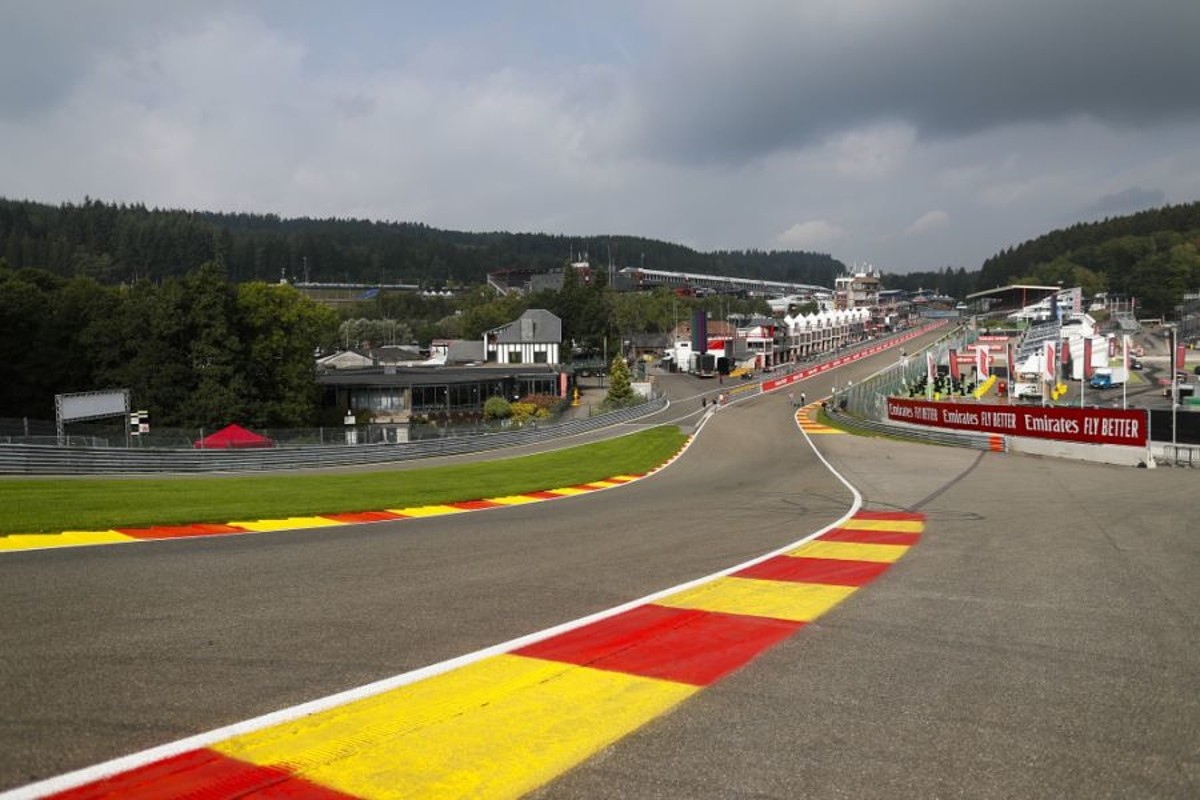
Spa used to be synonymous with the restart of the season, after the summer break. It was a return to action after the holidays, a chance to get back with a fresh mindset: not this year. This time around, teams head to Spa for the final race of the first part of the season – and for what promises to be an exhilarating Sprint race in store for them.
The Belgian Grand Prix may have moved its location in the calendar, but its place in the collective imaginary of Formula One is not diminished – it is aggrandized. No longer a welcome return to action, it is now a superb crescendo before the holidays. The resilience and commitment of those competing this weekend will be no different from the previous years: but this Sprint weekend will magnify it into something special – and there’s no better way to race in Spa.
Last year, Lewis Hamilton won after George Russell was disqualified for being slightly underweight
History
Spa-Francorchamps is now into its second century as a motor-racing venue, having first been used in the early 1920s, when a triangular route connecting three communes in the Ardennes Forest was repurposed for close-quarter competition. Spa-Francorchamps was revered for its high-speed twists and turns across the undulating scenery, and the road course was part of Formula 1’s inaugural World Championship season in 1950. As Formula 1 evolved in the late 1960s the event was eventually dropped from the schedule, owing to the dangerous nature of the circuit, and when it returned to the scene in the 1980s it did so on a modified and truncated layout.
That 7km layout, which is the longest on the Formula 1 calendar, has had only minor revisions across the following four decades, and it remains among the most loved in the championship. The first and third sectors contain lengthy full-throttle sections, pierced by the iconic Eau Rouge/Raidillon complex, and the Blanchimont corner, both taken flat out, while the prolonged middle sector features a set of medium- and high-speed curves as drivers journey through the verdant countryside.
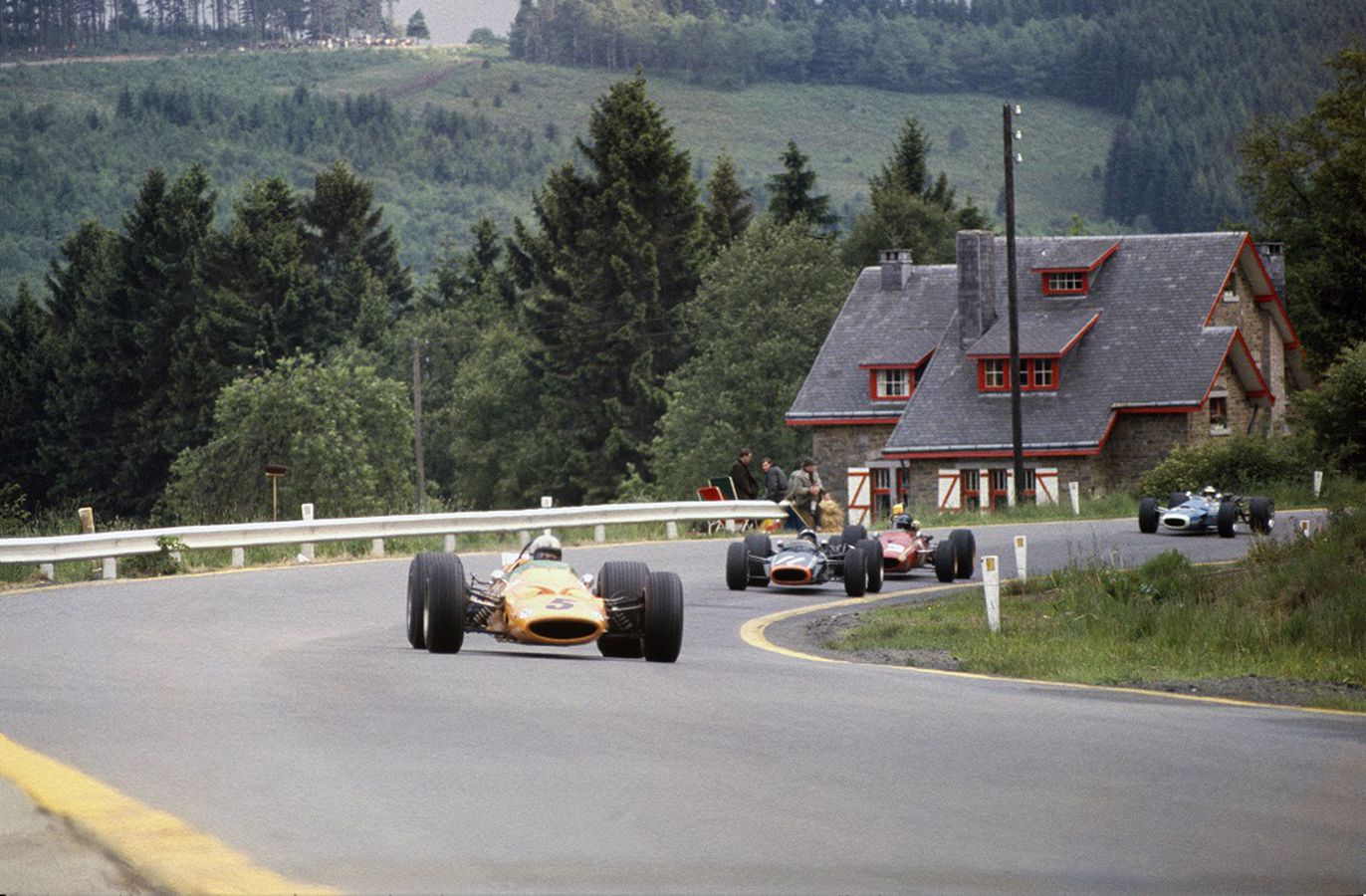
The Circuit de Spa-Francorchamps has been in existence since the early 1920s, with the inaugural Belgian Grand Prix held on the 14km road course in 1925. The fearsome course, which connected the districts of Francorchamps, Malmedy and Stavelot, was on the calendar during Formula 1’s first season in 1950 and it remained active until 1970, when it was abandoned due to growing safety concerns. After spells at Zolder and Nivelles, Formula 1 returned to a truncated yet still challenging Spa-Francorchamps in 1983, and it has been the permanent host of the country’s grand prix since 1985.
The Circuit de Spa-Francorchamps, in its current 7km iteration, is the longest circuit on the current calendar, and a firm favorite among the Formula 1 drivers. It features fast and flowing corners such as Pouhon, Blanchimont and the Eau Rouge/Raidillon complex, along which drivers ascend flat out through the Ardennes Forest. Spa-Francorchamps also requires a trade-off for teams and drivers to settle upon the best approach. The power-hungry first and third sectors – which are almost flat-out bar the La Source hairpin and Bus Stop chicane – are counteracted by the lengthy middle sector with an abundance of medium- to high-speed corners.
Spa-Francorchamps is a name that evokes emotions, memories, legends. It’s a track that always produces spectacular racing, one steeped in tradition and that old-school feel of motorsport. It’s a feature of the calendar that teams, drivers and fans look forward to with a sense of profound reverence.
The Spa circuit presents a great challenge, combining long straights with significant corner sequences; the trade of downforce and drag is difficult to optimize, especially in the wet.
At 7km, Spa-Francorchamps is the longest circuit on Formula 1’s current calendar, with a lap taking drivers on an undulating journey through the Ardennes Forest. The circuit, a steep challenge for drivers, also provides a set-up quandary for teams. High downforce is preferred for the long-radius corners that comprise the long middle sector of the lap, but top-end speed is essential for the lengthy full-throttle blasts of the first and final sectors, which include the renowned flat-out Eau Rouge/Raidillon and Blanchimont curves respectively.
The microclimate around Spa-Francorchamps can intervene, even in the height of summer, with temperature fluctuations and wet weather likely to influence proceedings. As the old saying goes: if you can’t see the forests it’s raining, and if you can see the forests, well, it’s going to rain.
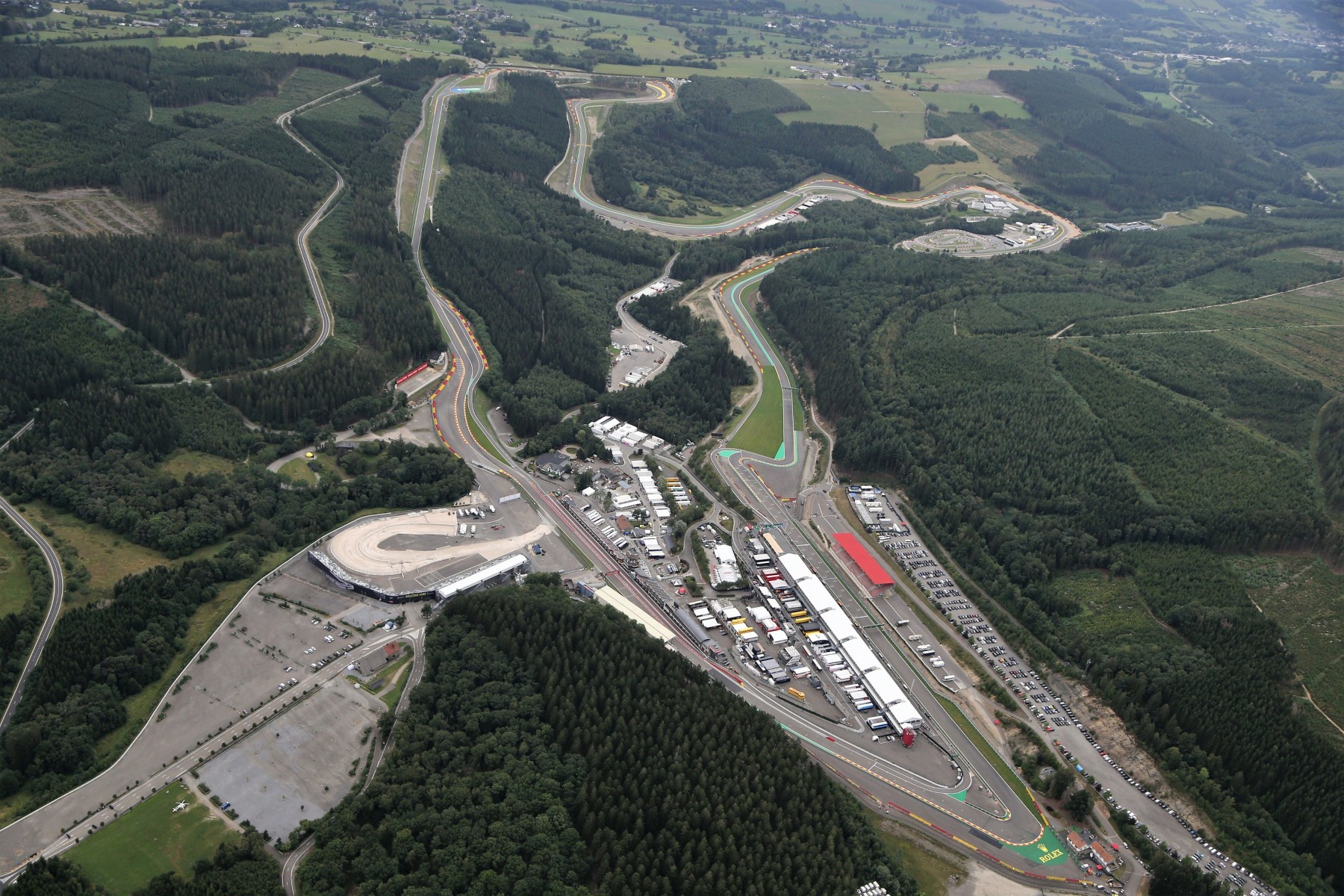
Aerial view of SpaThe first Belgian Grand Prix was held in 1925. The circuit hosted a Formula 1 race in the 1950 debut season of the championship. In 1979, safety issues led to the former “fastest open road circuit in the world” being shortened to a permanent racing circuit, which today measures 7.004 kilometers in the Grand Prix version. The latest upgrades have improved the run-off areas in the legendary Eau Rouge/Raidillon combination. Additional grandstands were added here and at other locations along the racetrack.
The circuit remains one of Formula 1’s finest, featuring several iconic corners, most notably the steep rise through Eau Rouge/Raidillon, the high-speed Pouhon and Blanchimont corners, and the twisty Bus Stop chicane. It requires a set-up compromise, with the first and third sectors almost entirely dependent on top-end speed, segmented by a second sector that is reliant on downforce.
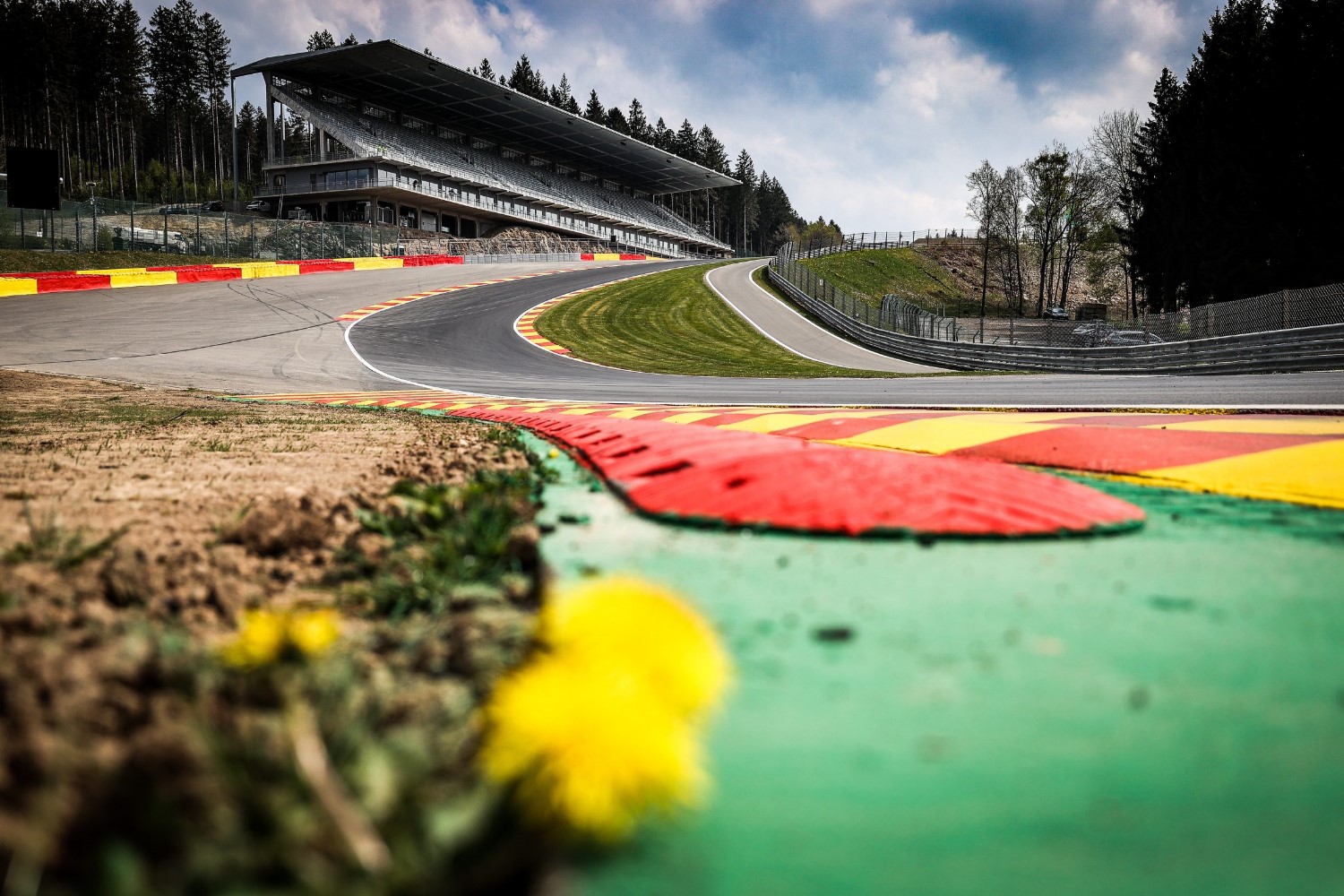
This weekend’s race is the 69th edition of the Belgian Grand Prix as a round of the Formula 1 World Championship. 56 of these have taken place at Spa-Francorchamps, ten at Zolder and two at Nivelles. The most successful driver in this event is Michael Schumacher with six wins, having made his debut at Spa in 1991, while the following year at the same track he took his maiden Formula 1 win, the first of 91. Next up at Spa are Ayrton Senna on five, and with three wins apiece are Lewis Hamilton, Kimi Räikkönen and Jim Clark. Hamilton has the most poles with six and most podium finishes (10). Of the constructors, Ferrari leads the way on 18 wins, followed by McLaren with 14 and Lotus on eight. The Scuderia also tops the list of pole positions (16) and podium finishes (50).
Weather: The weather at Spa is among the least predictable on the calendar. Rain is almost always a factor during the weekend, and it is very tricky to forecast. Given the length and range of the circuit, one sector can be soaked even when the others are perfectly dry.
Early Forecast:
As per Williams’ official website, below is the weather forecast for the 2025 Belgian GP this weekend:
Friday: FP1 and Sprint Qualifying Forecast:
Showers with overcast conditions throughout.Temperature: 23C / 73F
Chance of precipitation: 65%
Saturday: Sprint and Qualifying Forecast:
Light rain with a gentle breeze to keep the temperatures cool.Temperature: 23C / 73F
Chance of precipitation: 45%
Sunday: Race Forecast:
Sunny start, showers during the main race.Highest temperature: 24C / 75F
Chance of precipitation: 40%
However, it’s important to note that these forecasts are subject to change, particularly in a region known for its unpredictable weather.
Race interruptions: Safety Cars are to be expected at Spa. All but two races have seen a Safety Car deployment since 2014, but there have only been two Virtual Safety Car deployments since 2015 when the system was introduced.
Overtaking: Overtaking difficulty is average at Spa. The long DRS run to Turn Five is the favored passing opportunity but the Bus Stop chicane provides another strong opportunity.
Strategy: While last year, the C2, C3 and C4 compounds were used, this year the C1, C3 and C4 compounds have been supplied by Pirelli. Last year’s Belgian Grand Prix saw George Russell cross the finish line first by using a 1-stop strategy.
Sprint Weekend: After the races in Shanghai and Miami, this will be the third weekend of the year run to the Sprint format: just one free practice session on Friday, after which it’s Sprint Qualifying, with the Sprint race itself run over 15 laps on Saturday, following by qualifying. The usual 44 laps of the Belgian Grand Prix proper take place on Sunday. It’s the second time this circuit has hosted a Sprint, following on from the one in 2023. Of the 20 Sprint races run to date, the four time world champion has won 11 of them and finished on the podium a further five times. A total of seven drivers have won at least one Sprint: two wins apiece for Valtteri Bottas, Oscar Piastri and Lando Norris and one each for George Russell, Sergio Perez and Lewis Hamilton. 19 drivers have scored points in the short format, a table headed naturally enough by Verstappen on 117 points.
Unlocking the Lap
Turn One offers the immediate challenge of La Source, the setting for many infamous opening-lap collisions over the years. It’s a tricky hairpin whose exit is key to the lap. That’s because it leads into a mile-long flat-out sector all the way up to Turn Five.
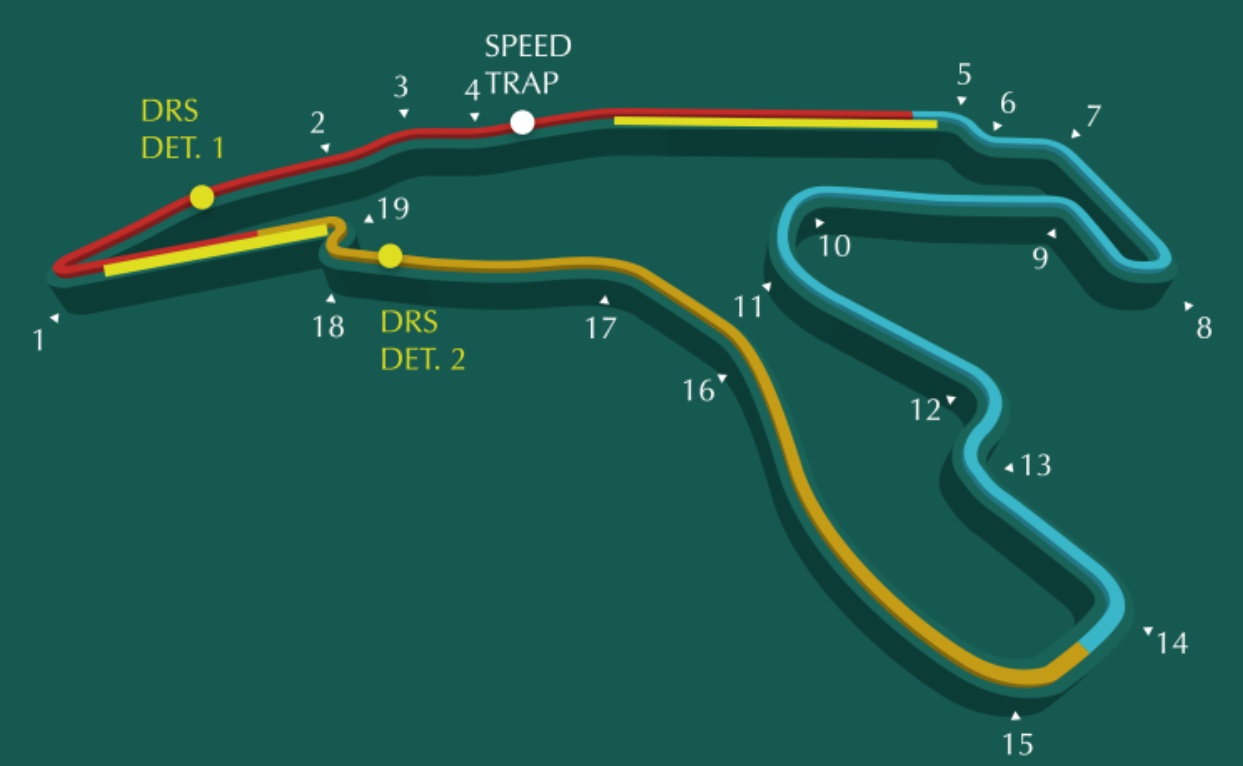
The challenge of turns 10 and 11 – Pouhon – makes it hugely popular with the drivers. It’s an almost flat-out, double-apex, downhill left-hander, which is hard to get right. A new gravel trap lies beyond the existing Tarmac run-off, adding another layer of peril for the drivers.
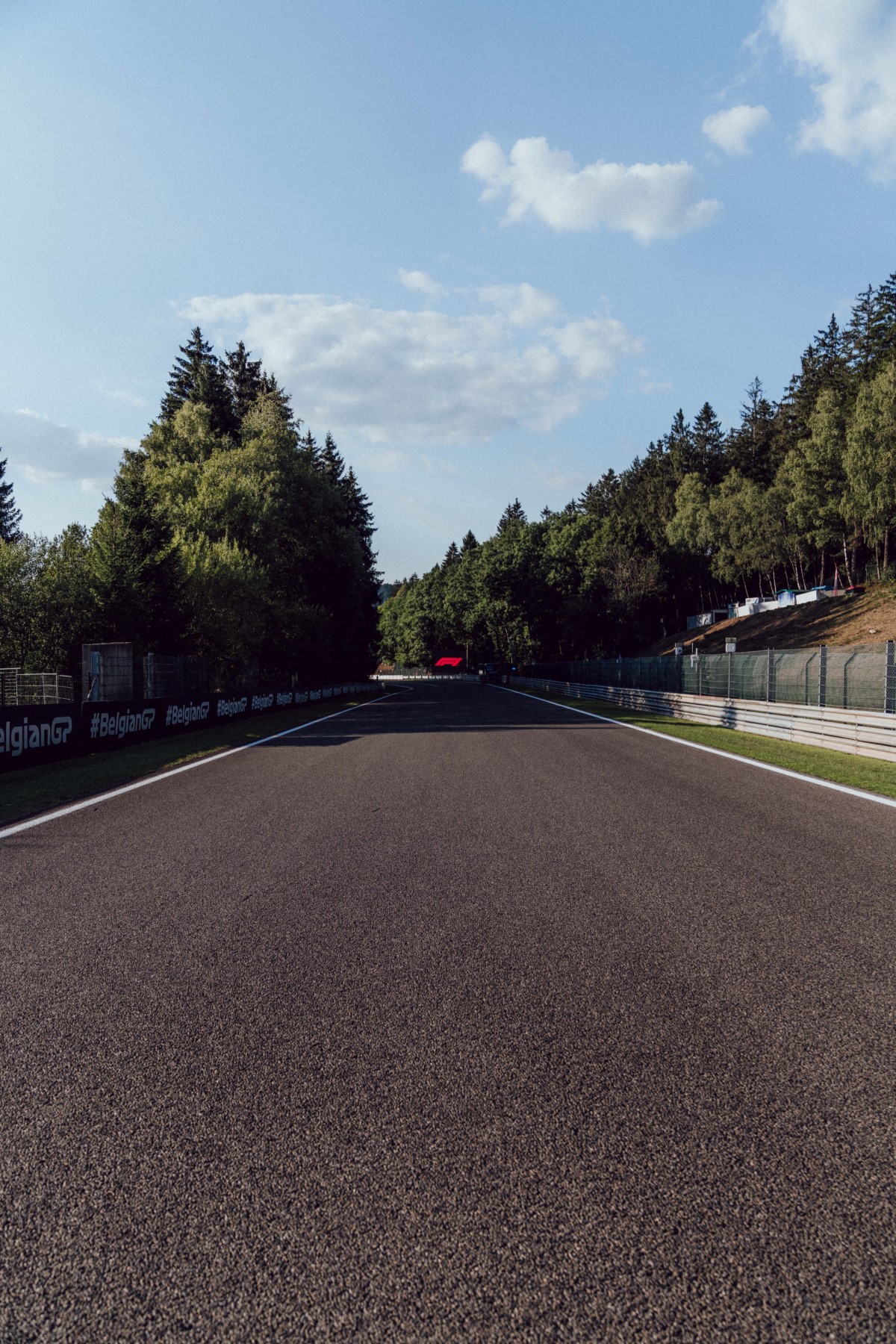
Turn 14 is another key corner that precedes a long flat-out section, this time towards the end of the lap. It’s a downhill corner, deceptively tight, where it is easy to run wide. A good exit offers the opportunity to slipstream rival drivers and set up an overtake into the chicane at the end of the lap.
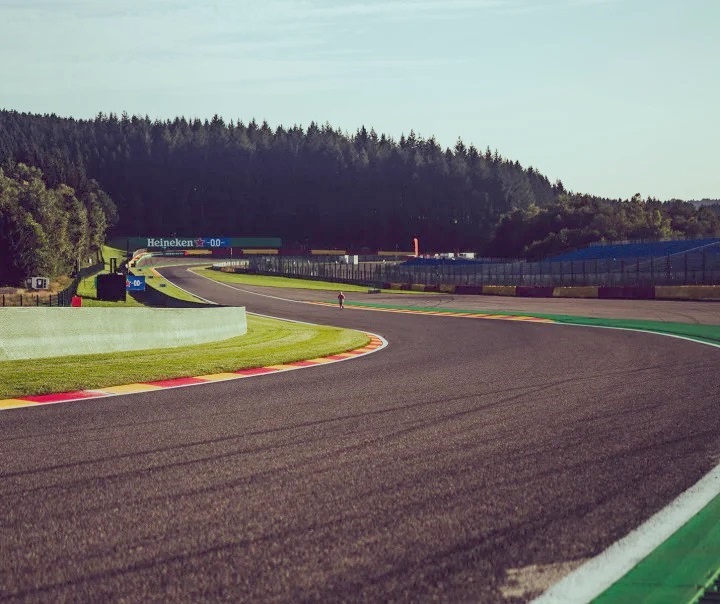
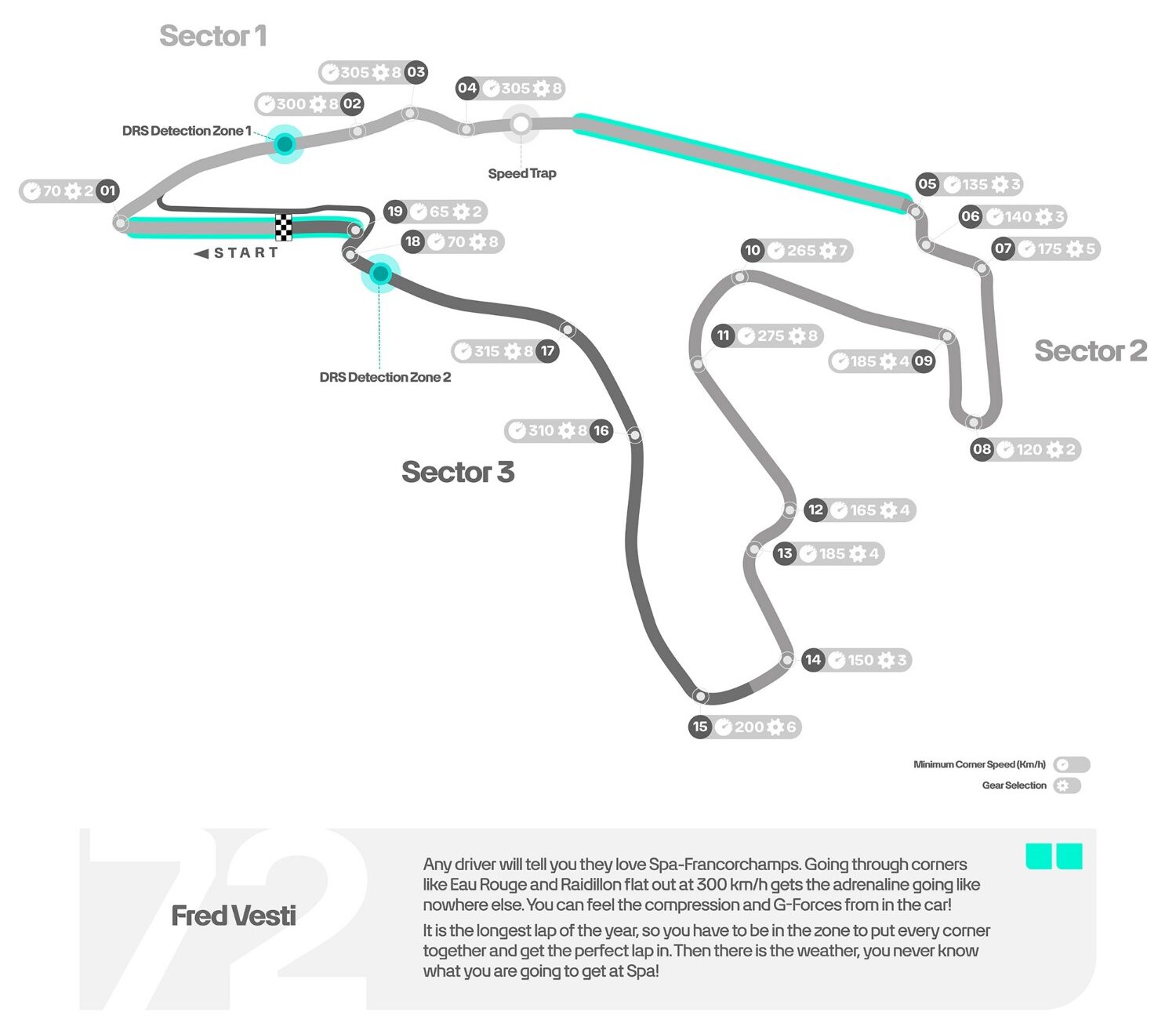
Belgian Grand Prix: facts & figures
0. No Belgian driver has won their home Grand Prix in the 67 editions held so far. 24 Belgians have raced in Formula 1, winning 11 times, (eight courtesy of Jacky Ickx and three for Thierry Boutsen) but none of those were at Spa-Francorchamps, nor at Zolder and Nivelles, the other two venues that have hosted this event. Only Monaco has a worse record in this respect, with no Monegasque drivers winning any of the 69 races held there. But the Principality could only count on five standard bearers in Formula 1, including Charles Leclerc.
4. They say only the greats win at Spa-Francorchamps and the figures tend to confirm that. Only four drivers took their maiden Formula 1 victory at the Ardennes track: Peter Collins in 1956, in a Ferrari D50, who was destined to be a world champion if he had not died when still very young in 1958; Jim Clark in 1962 in a Lotus, who went on to win the championship twice; seven times world champion Michael Schumacher in 1992 for Benetton and Charles Leclerc in 2019 in the Ferrari SF90.
800. The number of comic book writers from Belgium, the country regarded as the home of the comic or the “ninth art” as it is known. There are over 700 of them in Brussels alone. The pioneering cartoon character was Tintin, the likeable and intrepid redheaded boy, whose books have been translated in over fifty languages. His adventures began in 1929 in the pages of a kids’ comic, Le Petit Vingtieme. Other famous Belgian comic characters are Lucky Luke (1946), Gaston Lagaffe (1957) and especially the Smurfs, created in 1958, who went on to greatly influence popular culture in the second half of the last century for quite some time.
1700. The number of special beers available in just one specific bistro in Brussels, which is now a must-visit for fans of this drink, which Belgium produces in incredible quantities and varieties. It is reckoned that, every year, Belgians down 70 liters of beer per head, which is equivalent to half a pint per day.
1846. The year in which the saxophone was first produced. The musical instrument was invented by the Belgian Adolphe Sax, who combined the simple reed mouthpiece of a clarinet with the body of an ophicleide, a family of conical-bored instruments and the oboe and flute. This hybrid produced great volume similar to brass instruments, but even though it is made of brass, it is considered a woodwind instrument, because of its use of a single reed. It was first shown at the Industrial Exhibition in Paris in 1844 and was patented two years later.
Fact File: Belgian Grand Prix
- This weekend’s race is the 70th edition of the Belgian Grand Prix to count for the World Championship, the 57th to be held at Spa-Francorchamps. Nivelles has hosted the race twice and Zolder ten times.
Spa-Francorchamps is the longest lap distance on the F1 calendar, measuring 7.004 kilometers. It also has the lowest number of race laps, with just 44. - It used to be one of the biggest challenges for engine duty and time spent on full throttle, but with the new regulations and new tracks joining, it has fallen down the list. It still remains in the top five, though.
- Despite several long, flat-out sections, Spa is middle of the pack when it comes to fuel consumption, as constant stop/start is what uses the most fuel – so tracks such as Montreal and Monaco are higher on fuel consumption, compared to Spa and Monza.
- Tire duty and wear are some of the highest of the season at Spa, with high averages across all four corners of the car.
- The long lap distance at Spa brings with it a few unique challenges. For example, if a car gets damaged early in the lap, more time is lost getting back, and the weather is very changeable so conditions can vary massively from corner to corner. And it means the lap takes longer to complete; therefore you can’t fit as many laps into practice and qualifying run plans to test different setup configurations.
- From the exit of La Source to the braking zone for Les Combes, the drivers have their foot firmly on the throttle for around 23 seconds (and 1,875 meters) of track layout.
- Because of this flat-out section, the exit of La Source is incredibly important, as it leads down the long straight to Eau Rouge and Raidillon.
- There’s a difference of around 100 meters between the highest (Les Combes, Turn 7) and the lowest point (Stavelot, Turn 15) on the track, the highest elevation change of the season.
- The drivers and cars typically experience a heavy compression of forces through the downhill entry of Eau Rouge and the uphill exit of Raidillon. They are travelling at pretty much Vmax (maximum velocity of the car), almost as fast as the car can go before heading through this section. This means there is 3g of vertical compression. Some resurfacing and reshaping has taken place through this section, which may well have eliminated one of the biggest bumps and softened the compression forces slightly.
- The tow at Spa-Francorchamps is very powerful due to the long straights, particularly the section after Raidillon. On the first lap this is even more powerful, because drivers chasing can pick up a tow from multiple cars. The lack of DRS on lap one also increases this effect.
- 80% of the lap distance at Spa is taken at full throttle, one of the highest percentages of any F1 track on the 2024 calendar.
- The first and third sectors at Spa feature long straights and flat-out sections, but the second sector is twisty. This makes it challenging to find the right balance and set-up compromise, particularly with the wing level. A bigger wing will gain time in the middle sector but leave you vulnerable on the straights, while a smaller wing will provide less drag for the flat-out sections but not providing the same level of grip in the twisty corners. This is a similar predicament to Baku.
- Because of the track’s history and iconic corners, this is one of the few tracks in F1 where engineers tend to refer to the turns by name rather than number.
- Portions of the track have been resurfaced for this year’s race:
– Turn 17 exit to Turn 2 entrance
– Turn 4 exit to Turn 8 entrance
– Turn 14 entrance to Turn 15 exit
– Fast lane of the pit lane
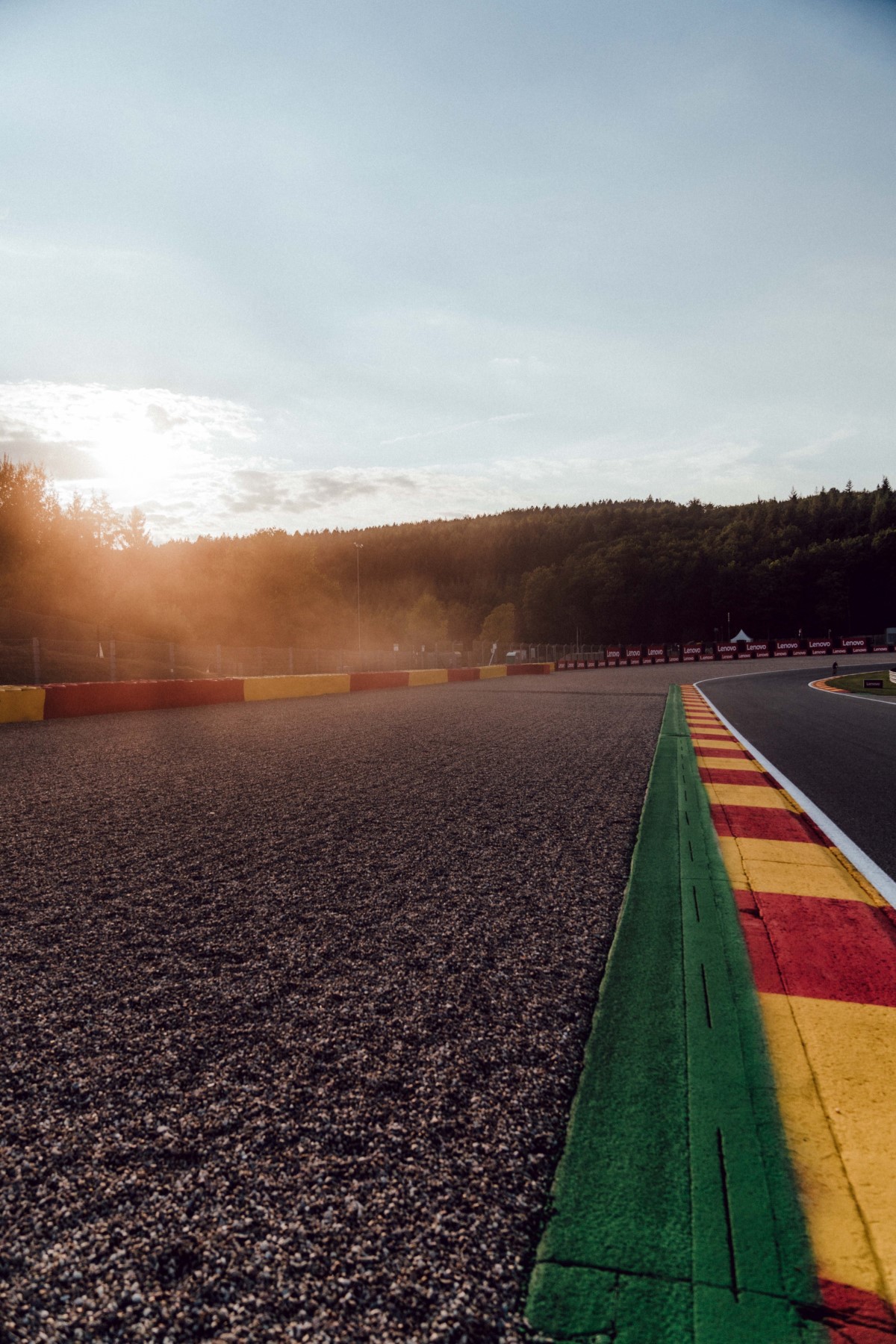
Pirelli Tires – The drastic change Pirelli have made
For this event, Pirelli has chosen three dry weather compounds that are not consecutive: the Hard is the hardest in the 2025 range, the C1, but then there’s a jump to the Medium (C3) and the Soft (C4). That has not happened since the 2022 Australian Grand Prix, when the trio consisted of the C2 as Hard, the C3 as Medium and the C5 as Soft.
The new compound here is the Hard, as the Medium (C3) and Soft (C4) are the same as last year. According to the simulations, this trio should make a two-stop strategy even more competitive in Sunday’s race, while adding a greater degree of uncertainty to tire management over the course of the weekend, especially as it is a Sprint event, with just one hour of free practice and a different dry tire allocation. With this format, the regulations stipulate one fewer set of tires than on a normal weekend: each driver has 12 sets, six of Soft, four of Medium and two of Hard. Furthermore, the Medium is the only tire permitted for the first two parts of Sprint Qualifying and the Soft must be used in the third.
The circuit nestles in the forest of the Ardennes hills and is famous for its changeable weather, even from one part of the track to another and even in the height of summer. Therefore, it’s not out of the question that both types of wet weather tire, the Intermediate and Extreme Wet, could come into play over the weekend.
The vast majority of drivers lined up on the grid on the Medium. The exceptions were Sainz and Zhou who went for the Hard and Ricciardo who opted for the Soft.
The two-stop proved to be the preferred choice with the Hard compound working best in terms of degradation and performance. Of the 19 drivers who finished the race, Zhou being the only retirement, just five of them, Russell, Alonso, Stroll, Magnussen and Tsunoda, who took the checkered flag in that order, pitted only the once to switch from Medium to Hard. Russell won and Alonso finished ninth, the only two of this group to score points. However, following post-race FIA scrutineering, Russell was disqualified as his car was under the minimum regulation weight, which handed the win to team-mate Lewis Hamilton, who had gone for a Medium-Hard-Hard strategy.
